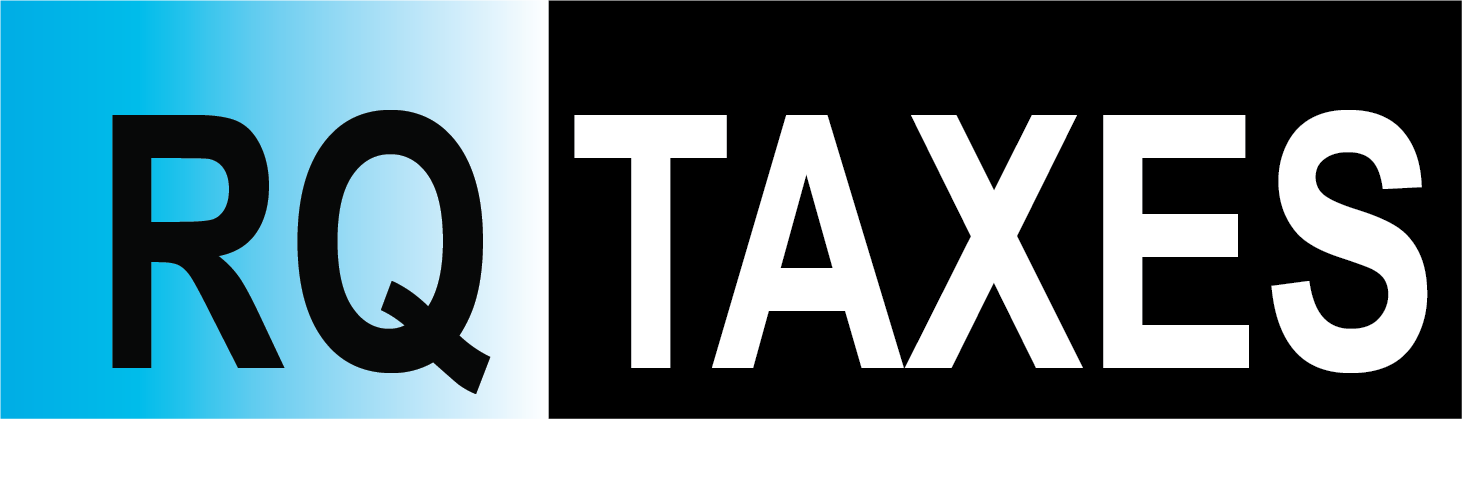We give the best Services
ESI (Employee State Insurance) and EPF (Employee Provident Fund) are social security schemes in India that provide financial benefits and medical coverage to employees. Here’s a guide to ESI and EPF:
Employee State Insurance (ESI):
Coverage:
- ESI is applicable to establishments with 10 or more employees (20 or more in certain states) engaged in specified industries or activities.
Benefits:
- Medical Benefits: Covers medical expenses for employees and their dependents.
- Sickness Benefit: Provides cash benefits during periods of sickness.
- Maternity Benefit: Provides paid leave and financial assistance during maternity.
- Disability Benefit: Provides financial support in case of temporary or permanent disability.
- Dependent’s Benefit: Provides financial support to dependents in case of the employee’s death.
Contribution:
- Employers and employees contribute a percentage of the employee’s salary to the ESI fund.
- The current contribution rate for employers is 3.25% of the employee’s wages, and for employees, it is 0.75% of their wages.
Registration and Compliance:
- Employers must register under the ESI Act within 15 days of becoming eligible.
- Regular payment of contributions and filing of ESI returns are essential for compliance.
Employee Provident Fund (EPF):
Coverage:
- EPF is applicable to establishments with 20 or more employees (in most cases) engaged in specified industries or activities.
Benefits:
- Provident Fund: Employees contribute a portion of their salary to the EPF, which accumulates with interest and serves as a retirement savings fund.
- Pension: The EPS (Employee Pension Scheme) provides a pension to employees who have completed a certain period of service.
Contribution:
- Employers and employees contribute a percentage of the employee’s basic wages to the EPF and EPS accounts.
- The current contribution rate is 12% of the employee’s basic wages (split between EPF and EPS).
Registration and Compliance:
- Employers must register under the EPF Act and obtain a unique PF code.
- Monthly contributions must be deposited into the employee’s EPF account and monthly returns filed with the EPFO (Employees’ Provident Fund Organization).
Key Differences between ESI and EPF:
Coverage Threshold: ESI applies to establishments with 10 or more employees (20 in some states), while EPF applies to establishments with 20 or more employees.
Benefits: ESI provides medical and social security benefits, while EPF primarily focuses on retirement savings and pension benefits.
Contribution Rates: Contribution rates for ESI and EPF vary, with ESI contributions split between employers and employees and EPF contributions solely from employees and employers.
Both ESI and EPF are crucial for ensuring employee welfare, financial security, and compliance with labor laws in India. Employers must adhere to registration, contribution, and compliance requirements for both schemes to provide benefits to their employees and avoid legal issues.
Contact
- 3111 West Allegheny Avenue Pennsylvania 19132
-
1-982-782-5297
1-982-125-6378 - support@consultio.com






